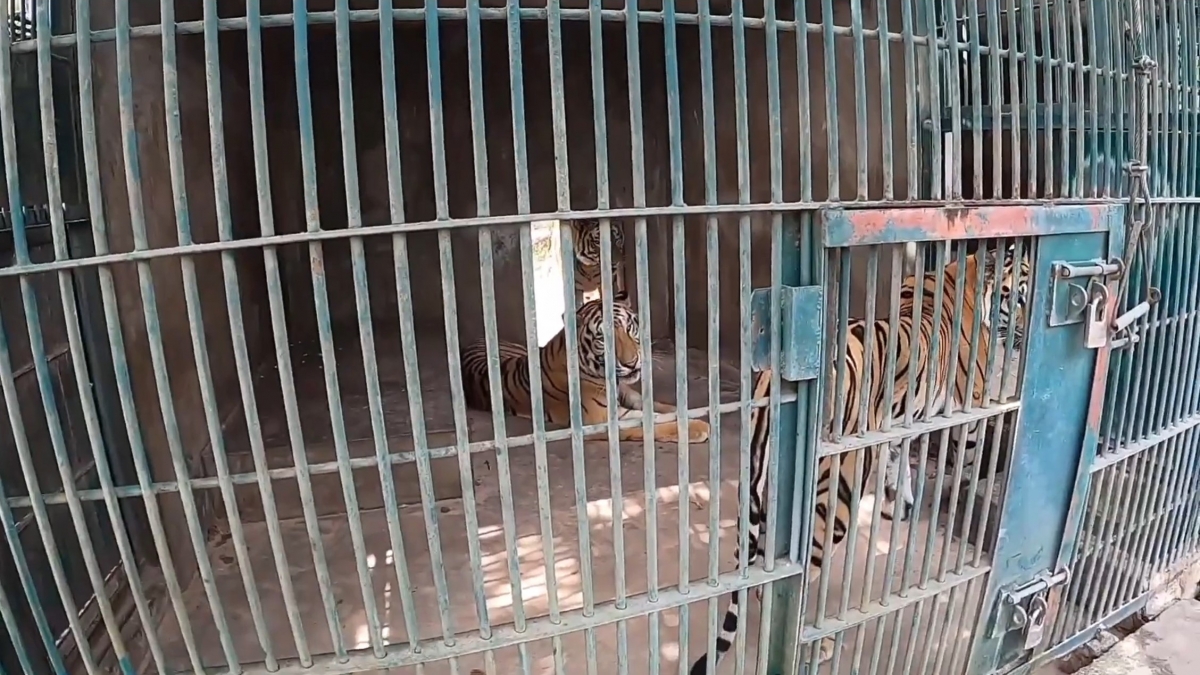
Credit VOV.gov.vn
#18,330
Yesterday we saw numerous Vietnamese media reports of dozens of tigers dying from suspected HPAI H5N1 at two Zoos in Vietnam. While I was unable to find any government confirmation, Vietnamese media is tightly regulated, making these reports highly credible.
Overnight Vietnam's government run Voice of Vietnam website carried the following (translated) report which confirms the earlier media reports.
Dozens of tigers in Dong Nai died from suspected eating infected chicken
VOV.VN - Dong Nai Province Forest Protection Department has just informed about the death of 17 tigers at Vuon Xoai Tourist Area suspected of being infected with A/H5N1 flu.
Mr. Ngo Van Vinh - Head of the Dong Nai Provincial Forest Protection Department said: On the morning of October 2, the Region VI Veterinary Department went to the Mango Garden Tourist Area, Dong Nai Province to inspect and collect samples of the dead tiger to report to the Ministry of Health.
Previously, 17 tigers and 1 leopard at the Mango Garden Tourist Area died, so the relevant unit took samples and sent them to a company with testing functions for testing. The results detected A/H5N1 flu.
Initially, authorities suspected that the tigers and leopards in the tourist area were infected because they were fed chicken. Recently, imported chickens from abroad could also be the source of the disease.
It is known that the 17 dead tigers were Bengal tigers, a rare animal group.
Currently, the Mango Garden Tourist Area is coordinating with the authorities to verify and clarify the cause of the incident.
Thus far, I can find no reporting on the Vietnamese MOH website, and I'm having difficulty connecting to their Ministry of Agriculture website (MDARD), which continually times out. As yet, no report appears to have been filed with WOAH.
Since last March, we've seen a steep increase in the number of HPAI infected cats in the United States (see USDA Adds 16 Additional Cats To Mammals with HPAI H5N1 List (n=53)). Due to the risks of exposure, last April the CDC released Guidance for Veterinarians: Evaluating & Handling Cats Potentially Exposed to HPAI H5N1.We've looked at the susceptibility of felines to avian flu - and to H5N1 in particular - many times (see HPAI H5: Catch As Cats Can). While only rarely reported, we've even seen the transmission of avian (H7N2) influenza from cats to humans (see EID Journal: Avian H7N2 Virus in Human Exposed to Sick Cats).
The loss of these majestic cats in Vietnam is another reminder that HPAI H5N1 is becoming increasingly entrenched in our environment - and while human infections remain thankfully rare - every spillover into a mammalian host is another opportunity for the virus to evolve and adapt.
We ignore these warning signs at considerable risk to our food supply, our economy, and potentially to our public health.